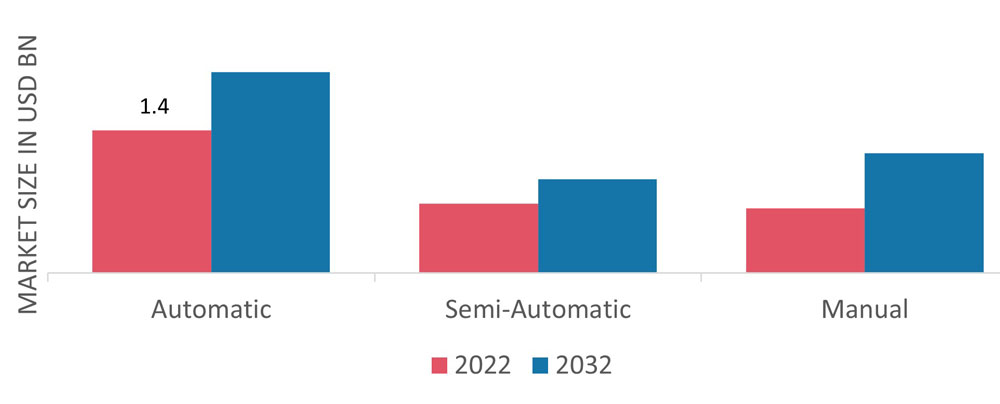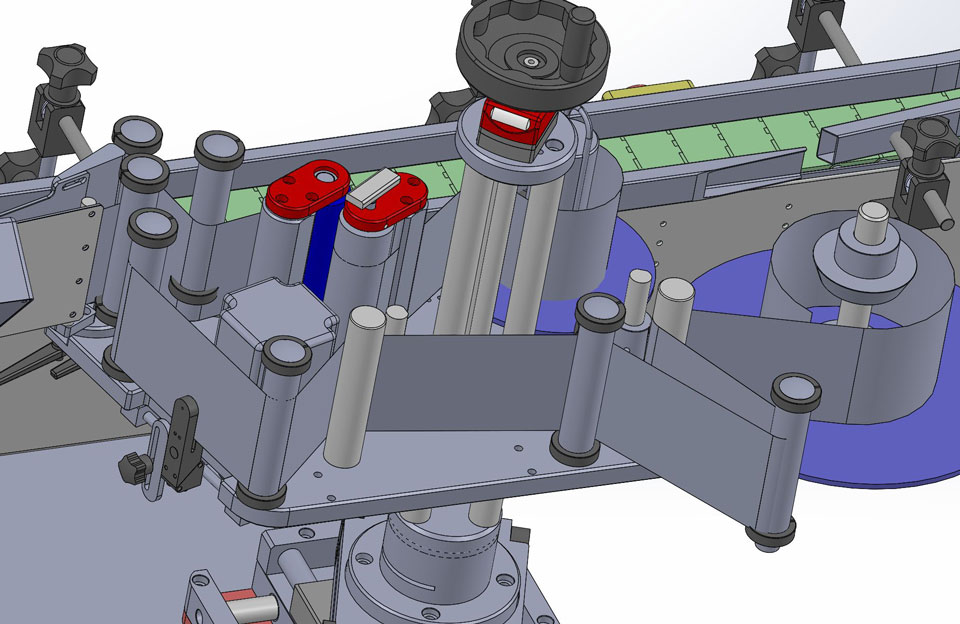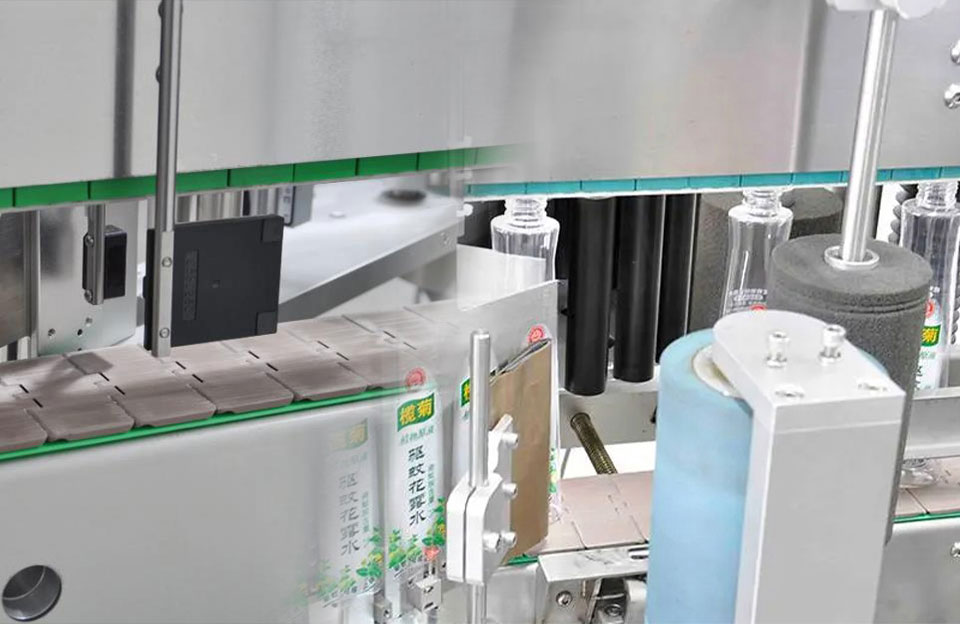The global labeling machines market was valued at USD 5.7 billion in 2018 and is expected to grow at a compound annual growth rate (CAGR) of 7.0% from 2019 to 2025. Additionally, the presence of several regulations about labeling and serialization is further likely to have a positive impact on the market growth.
Labeling Machine Market Analysis in 2023

Regarding technology, the market for labeling machines has been classified into pressure-sensitive/self-adhesive labeling machines, glue-based labeling machines, sleeve labeling machines, and others. Pressure-sensitive/self-adhesive labeling machines emerged as the dominant technology segment in 2018. In pressure-sensitive labeling machines, pre-glued labels are mounted on a reel and applied to the containers without heat or liquid glue.
The Glue-based labeling machine market analysis is as below. Glue-based labeling machines technology segment is expected to move ahead at a CAGR of 5.4% over the forecast period. This segment includes wet glue labeling machines and hot melt glue labeling machines. Wet glue labeling machines apply labels on rigid containers using liquid glue at room temperature. In hot melt glue labeling machines, labels are applied onto the containers using solid glue that is melted immediately before its application.
The Sleeve labeling machine market analysis is as below.Sleeve labeling machines are anticipated to emerge as the fastest-growing technology segment over the forecast period. The types of sleeve labeling machines include shrink sleeve labeling machines and stretch sleeve labeling machines. Shrink sleeve labeling machines are gaining popularity as they allow full-body labeling, providing maximum brand visibility and promotion. Moreover, these labeling machines can be used to apply labels on containers with complex and uneven contours.
Other technology segment includes print and applied labeling machines and in-mold labeling machines, among others. In the former, information such as batch number, price, weight, and packaging date is added to the machines, and the labels are printed with these details and applied to containers.
The end-use market has been segmented into beverages, food, pharmaceuticals, personal care, chemicals, and others. The beverages end-use segment dominated the global market in 2018. Growing population, increasing disposable income, and rising global trend toward the consumption of health drinks are factors boosting the manufacturing of beverage products, which, in turn, is anticipated to fuel the demand for labeling machines.
In 2018, the food segment accounted for the second-largest market revenue share. Growth in the segment can be attributed to shifting trends in healthy and organic food consumption and increasing demand for ready-to-eat and convenience packaged foods, which are expected to favor market growth.
The Impact of The Economic Situation on The Labeling Machine

- Economic Growth and Investment: During periods of strong economic growth, companies tend to invest more in technology and machinery (including labeling machines) to improve efficiency and expand production capacity. Conversely, during times of economic downturn or uncertainty, companies may defer or reduce capital expenditures, leading to slower growth in the labeling machines market.
- Consumer Demand: Economic conditions will affect consumer spending habits. In a strong economy, increased consumer demand for products will likely drive the need for more labeling machines to meet production requirements. On the other hand, during a recession, the decrease in consumer spending may lead to a decrease in the demand for labeled products, negatively impacting the labeling machine market.
- International Trade and Tariffs: Changes in international trade policies and tariffs may affect the labeling machine industry. Trade disputes or protectionist measures can disrupt supply chains, affect import and export dynamics, and impact labeling machine demand and prices.
- Labor Costs: Economic conditions can affect labor costs. During economic growth, labor costs may increase due to increased demand for skilled labor, incentivizing companies to invest in automated solutions such as labeling machines. Conversely, labor costs are likely to stabilize or decline during a recession, making adopting automation less imperative for cost savings.
- Technological Progress: Economic prosperity often goes hand in hand with increased R&D investment. Advances in technology can lead to more innovative and efficient labeling machine solutions. However, during an economic downturn, R&D spending may decrease, affecting the pace of technological advancement in the industry.
- Government Policies: Government policies and regulations, such as tax incentives, trade agreements, or industry-specific regulations, also affect the dynamics and growth trajectory of the labeling machine market.
Conclusion
The labeling machine market analysis is a key factor driving the global market. Many industries are increasingly automating manufacturing processes to increase productivity and operational efficiency. To improve the packaging process and meet the growing demands of end users, some market suppliers worldwide are starting to commercialize the labeling and packaging process. Additionally, implementing product labeling automation reduces the need for human intervention and minimizes the possibility of human error during the product packaging process.


